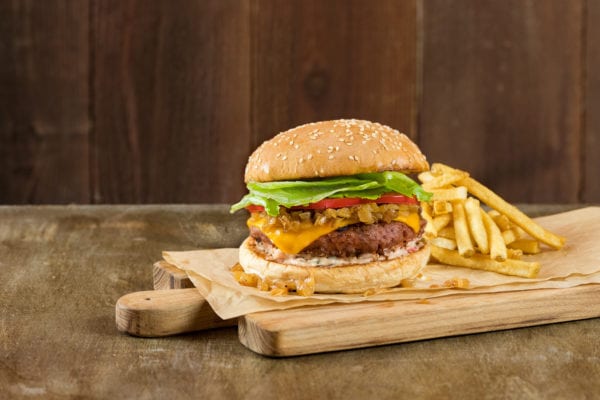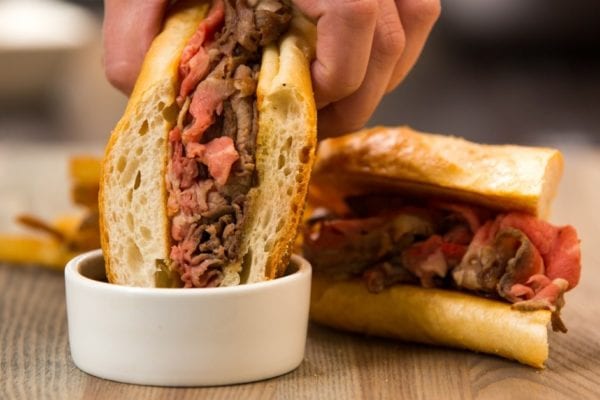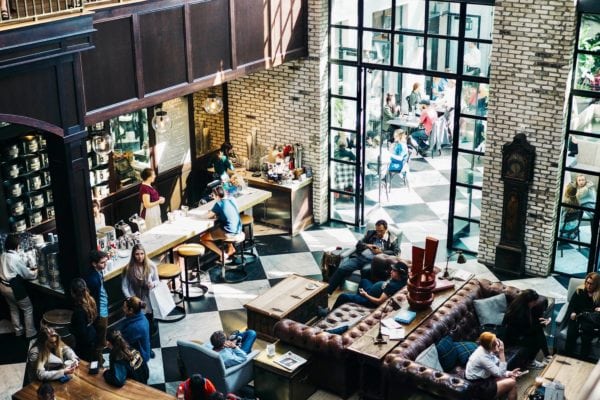Skift Take
Coffee culture in the U.S. is about more than caffeine, it's about the full in-restaurant experience. While that may be bad news for the at-home coffee industry, it's great news for those of us who love cafe culture.
— Kristen Hawley
When the economy’s booming, Americans are more likely to get their daily caffeine fix at the corner coffee shop. That’s bad news for roasters that sell beans at supermarkets.
Total retail sales, the measure for home brewing, will probably drop this year to 764,000 metric tons from 766,000 in 2017, according to Eric Penicka, an analyst with market researcher Euromonitor International. What’s more, they’ll probably stay flat through 2022 as consumers flock to coffee shops and restaurants, where sales are expected to increase about 1 percent annually over the period.
“The coffee industry as a whole can’t expect everyone to be growing together,” Penicka said. “Coffee’s been a mainstay of American culture for hundreds of years and is not about to die. There’s going to be pockets of growth. But the flip side of that is that it will come from already existing segments.”
Sales are also expected to slow in the single-serve category, where Keurig Green Mountain Inc. has been a leader for the past decade. Growth for the segment is “decelerating pretty rapidly,” with expansion expected at 5.8 percent this year, he said. That compares with as much as 32 percent as recently as 2014.
It’s not all gloom and doom as food-service demand helps the total market expand by about 1.1 percent in the five years ending in 2022. While that’s not a huge gain, bright spots include ready-to-drink products such as Starbucks Corp.’s bottled Frappuccino drinks and cold-brew beverages. Boutique shops such as Intelligentsia Coffee and Stumptown Coffee Roasters are also poised to benefit.
The U.S. is the world’s biggest coffee consumer.
©2018 Bloomberg L.P.
This article was written by Marvin G. Perez from Bloomberg and was legally licensed through the NewsCred publisher network. Please direct all licensing questions to [email protected].
![]()




